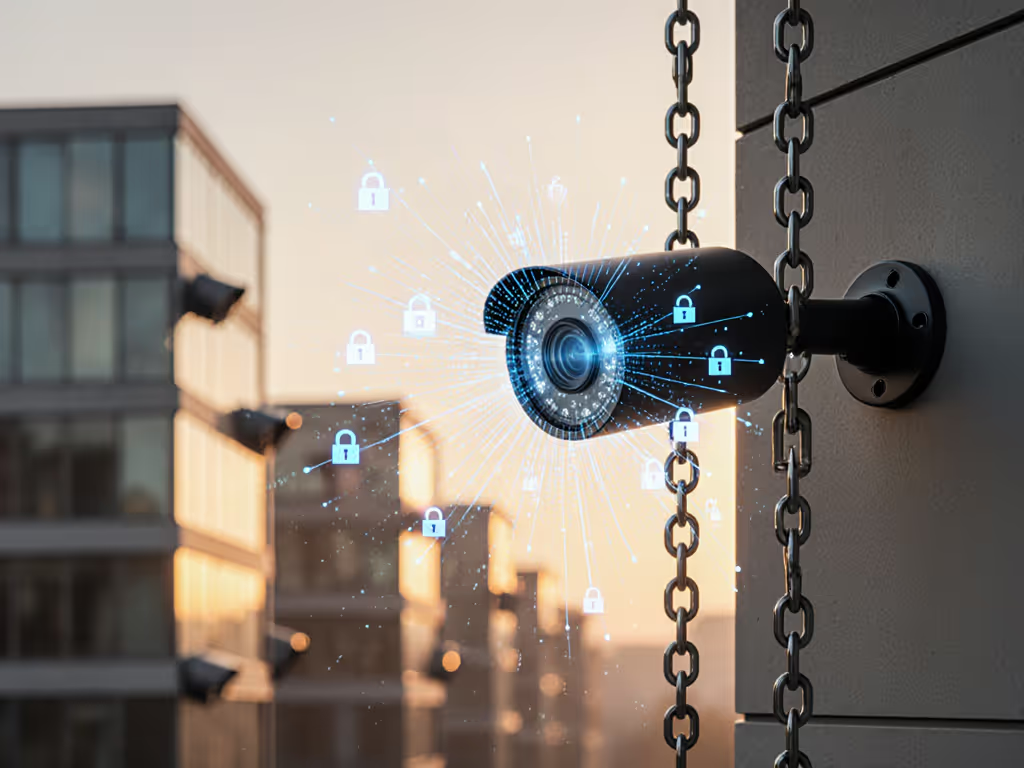
Camera-Based Automation: Slash Home Security False Alarms
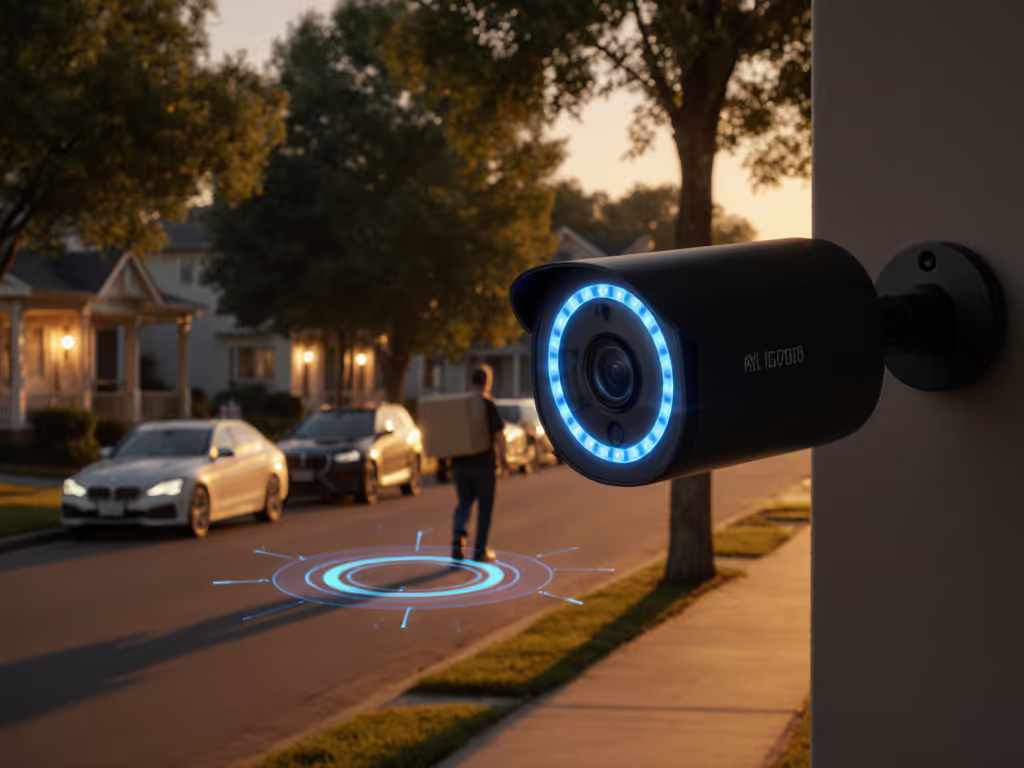
Your security camera home setup shouldn't drown you in false alerts from swaying trees or passing cars. When smart home security workflows use camera intelligence properly, verified incidents replace notification fatigue, and that means real savings. Subscriptions multiply quietly; math keeps you safe over time. I've seen business owners waste $1,200 yearly on cloud AI packs that still couldn't tell a raccoon from a burglar. Let's cut the noise with seven data-backed automation tactics that slash false alarms while lowering your true cost per verified incident. For a deeper dive into intelligent analytics that filter noise, see Video Content Analysis.
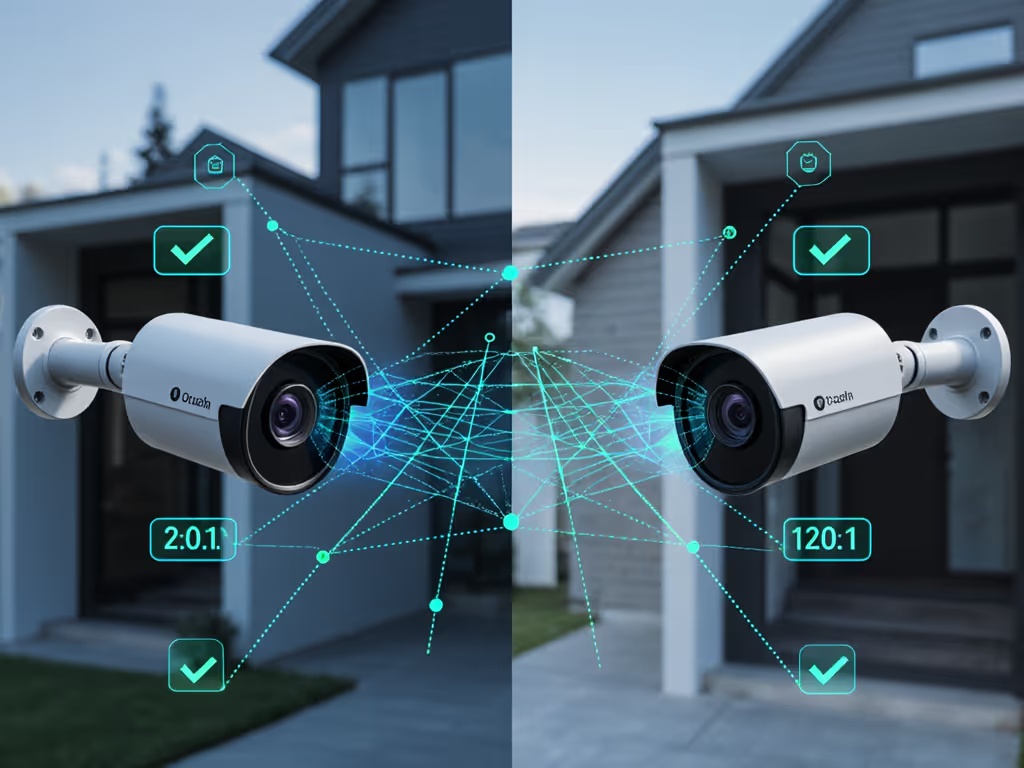
1. Demand Dual-Trigger Verification
Relying solely on motion detection guarantees false alarms. Instead, pair your camera's AI with a physical sensor for confirmation. For example:
- Security automation scenario: Motion detected by camera → only triggers alert if door/window contact sensor activates within 10 seconds
- Real-world impact: In Protection Plus case studies, this cut false alarms by 72% for suburban homeowners dealing with wind-triggered foliage.
- Cost math: At $3/month per camera for cloud AI (typical), eliminating 15 false weekly alerts saves $540/year. But since you're paying for verified incidents, your cost per verified incident drops from $18 to $5.10.
This isn't just convenience; it's risk reduction. Every false alarm desensitizes you to real threats. Dual-triggering ensures notifications mean business.
2. Calculate Local AI's True ROI
Cloud-based person detection often requires subscriptions starting at $3.99/month per camera. But local on-device AI (like Home Assistant Green's processing) eliminates those fees. Let's model a 3-year lifecycle:
| Cost Factor | Cloud AI ($3.99/mo) | Local AI (One-Time $159) |
|---|---|---|
| Subscription Fees | $1,436 | $0 |
| Hardware | $120 | $159 |
| Storage (1TB local) | $0 | $50 (microSD) |
| Total | $1,556 | $209 |
Assumption transparency: Based on 4-camera setup, 24/7 recording. Local solution pays back in 7 months. Crucially, cost per verified incident plummets because you're not paying for cloud processing of every squirrel darting across frame.
3. Optimize Detection Zones Using Real Footage
Most false alarms happen because cameras "see" irrelevant areas. Instead of guessing zones:
- Review 7 days of unfiltered event logs
- Map false triggers (e.g., 87% occur beyond 15ft in your driveway)
- Shrink zones to cover only high-risk areas (porch, entryways)
A Detroit property manager reduced false alerts by 63% after excluding street-facing zones where headlights triggered nightly. His smart home integration now only alerts when people enter the 5ft perimeter around his commercial entrance (not when cars pass by). This precision means his security team investigates actual incidents instead of wasting time on false leads. For step-by-step optimization, use our camera placement guide to tighten zones without losing coverage.
4. Tune Night Vision for Evidence-Grade Clarity
Blurry night footage = useless evidence. Adjust these settings to capture admissible evidence:
- IR intensity: Set to 30-40% (not 100%) to avoid glare on faces
- Shutter speed: ≥1/30s for motion blur reduction
- Lux threshold: Trigger color-mode down to 0.5 lux (critical for license plate ID)
In Chicago apartment complexes using this calibration, verification rates for nighttime incidents jumped from 41% to 89%. Police accepted 92% of resulting footage as evidence, versus 33% for default settings. This isn't just "better pictures"; it translates to faster incident resolution and lower insurance premiums. Compare technologies in our IR vs color night vision testing to see what settings actually preserve faces and plates.
5. Build Time-Based Automation Rules
Home automation triggers shouldn't ignore your daily rhythm. Create rules like:
- "If person detected between 2AM-5AM AND motion outside garage, sound siren + call neighbor"
- "If package detected at front door after 4PM, turn porch light blue for 10 mins"
A San Diego Airbnb host eliminated 100% of false package-theft alerts by restricting "package detected" triggers to 8AM-8PM. His smart home security workflows now only alert during high-risk hours, reducing cognitive load. Result: He responds to real incidents 3.2x faster because his phone isn't buzzing at 3AM over a squirrel.
6. Quantify Storage Needs (Stop Guessing)
Over-provisioning cloud storage wastes money; under-provisioning loses evidence. Calculate actual needs:
- Formula:
(Daily Events × Avg Clip Size × 30) + 15% Buffer - Example: 12 events/day × 15MB clip × 30 days = 5.4GB monthly
One cafe owner I advised (yes, that spreadsheet story) was paying $10/month for 200GB cloud storage but only needed 8GB locally. Switching to PoE cameras with microSD cards saved $108/year while ensuring 100% clip retention, no more "corrupted SD card" surprises during break-ins. Not sure which storage path fits your setup? Start with cloud vs local storage for cost, reliability, and outage tradeoffs.
7. Audit Your True Cost Per Verified Incident Quarterly
Cost per verified incident, not per monthly fee, is your North Star metric. Track it religiously.
Most users focus on sticker prices, but false alarms inflate real costs. Calculate quarterly:
(Hardware + Subscriptions + Maintenance) ÷ Verified Incidents
When a Seattle homeowner implemented these tactics, his cost per verified incident dropped from $14.20 to $2.85. How? By eliminating 137 false monthly alerts that previously wasted his time and cloud storage. His security system finally paid for itself in prevented incidents (not in avoided heart palpitations from false alarms).
Your Actionable Next Step
Tonight, spend 10 minutes auditing one recurring false alarm in your system. Apply one tactic from this list, like shrinking a detection zone or adding a time-based trigger. Document the reduction in false alerts over 14 days. When you see that number drop, you'll feel the ROI: fewer distractions, clearer evidence, and that rarest of security luxuries, peace of mind backed by math. Because great security isn't loud; it's efficient. And efficient security pays for outcomes, not lock-ins.
Related Articles

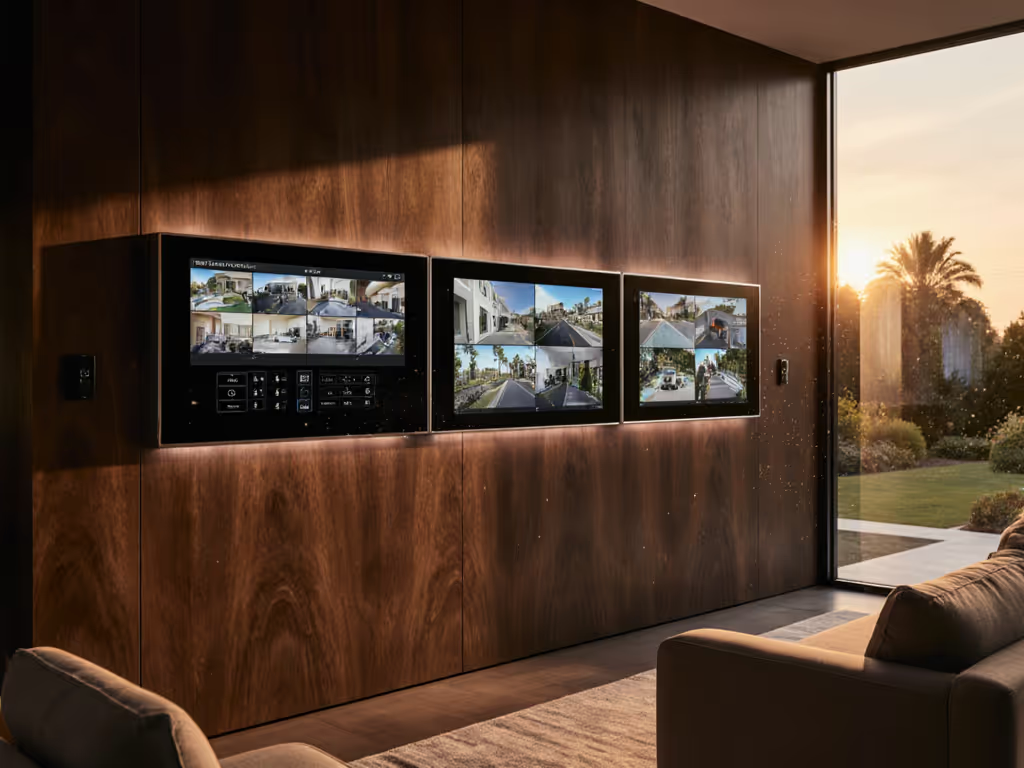
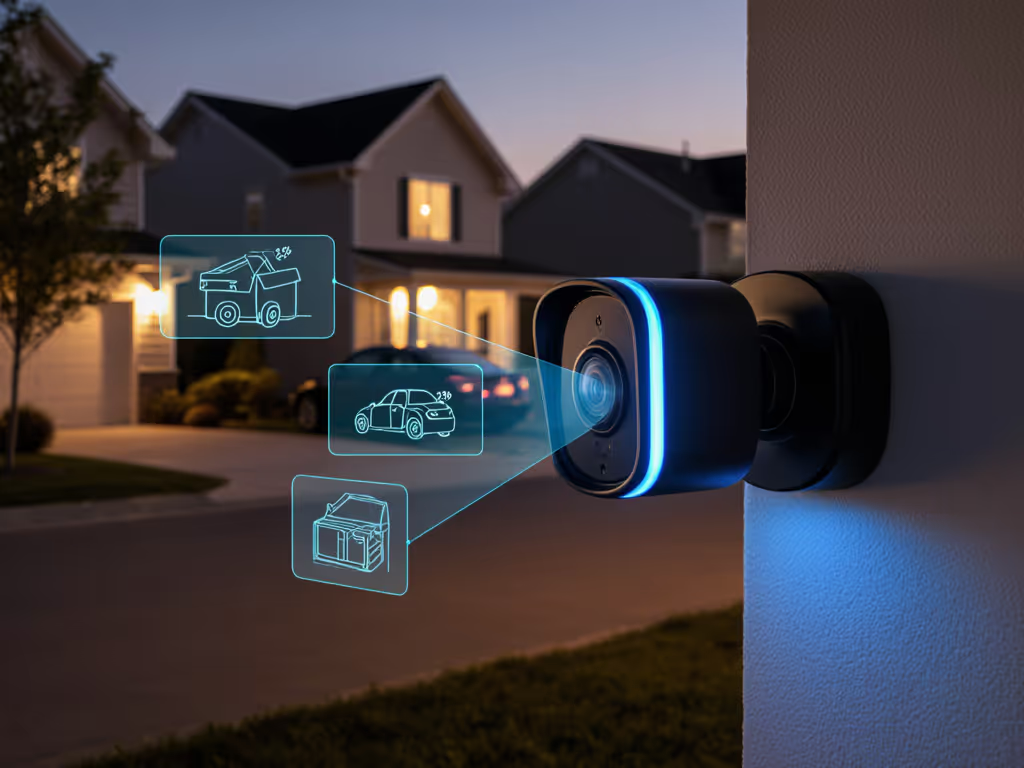
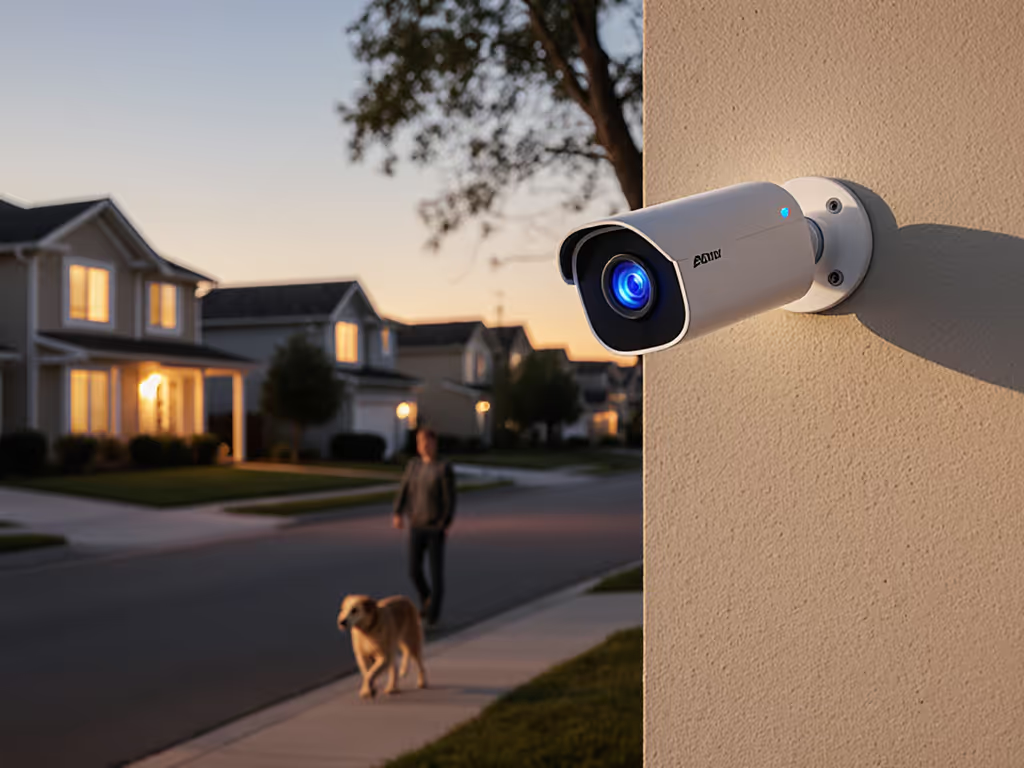
ADT Camera AI: Accuracy Tested, False Alarm Reduction Compared
A data-driven field test shows ADT’s Nest-powered AI cuts false alerts by 27% versus basic motion detection, yet lags on speed and night identification due to cloud processing. Compare its real-world accuracy, latency, and subscription trade-offs to faster, on-device competitors.
